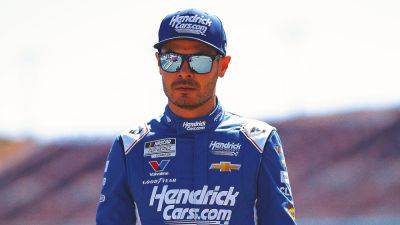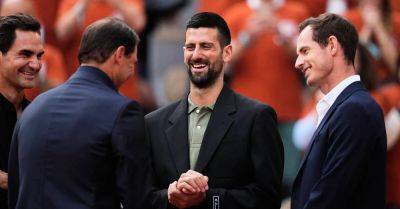NASCAR All-Star Race format: What it is and what to think about it
When I asked Kyle Busch last week about what lap he thought that North Wilkesboro (N.C.) Speedway track owner Marcus Smith would call for the caution during the all-star race, Busch had a funny line.
"Do we want to put money on if I create a natural caution, or I let Marcus [Smith] throw a caution?" Busch quipped. "It depends on how far Kyle Larson's out leading the race."
It’s easy to laugh at the All-Star race format because it is supposed to be gimmicky. Yes, it is for $1 million to the winning team, but it is designed to be a special event that gets people talking.
And in that way, let’s hope it accomplishes that feat. And nothing more. There doesn’t need to be a mystery caution that will be thrown during a race that actually counts in the standings.
For those who need a refresher, here’s the format for the weekend:
— Qualifying will be on Friday. There will be three laps with a four-tire pit stop after the second lap. The total time will determine the lineup for the Open and All-Star heats. The pit stop time will determine the order of pit selection (and the winner of the pit-stop challenge). While in the past the Open teams did traditional qualifying, this year they will do a pit stop, and they will be eligible for pit-stop competition awards.
— For drivers automatically in the All-Star race, they will compete in 75-lap heat races on Saturday. The first heat race will determine the inside lane of the main event; the second heat race the outside lane.
For drivers not automatically in the all-star race, they compete Sunday in the Open, a 100-lap race (competition caution at Lap 50) with the top-two finishers making the All-Star Race and then another advancing through the fan vote. The top-five drivers as of Monday in








